Introduction:
Situated in the historic city of Lahore, Badshahi Mosque stands as a testament to the Mughal architecture and the rich cultural heritage of the Indian subcontinent. With a history that dates back to the 17th century, this majestic mosque continues to be a symbol of historic, religious and cultural identity of Lahore. It has also architectural importance that is source of tourism around the world.
History of Badshahi Mosque:
Commissioned by the sixth Mughal Emperor Aurangzeb, Badshahi Mosque was built between 1671 and 1673. The mosque was part of a larger project that included the construction of the Lahore Fort and the Alamgiri Gate. The mosque’s construction was supervised by Aurangzeb’s foster brother Fidai Khan Koka, who ensured that it would be a fitting tribute to the emperor’s reign.

The Badshahi Mosque’s name translates to “Royal Mosque” or “Imperial Mosque” reflecting its association with the Mughal royalty. It was the largest mosque in the world at the time of its completion and held that distinction for over 300 years until the completion of the Faisal Mosque in Islamabad.
Design:
The Badshahi Mosque showcases a harmonious blend of Mughal, Persian, and Central Asian architectural styles. The red sandstone and white marble structure spans a vast area and is a visual feast for those who appreciate intricate details and geometric patterns. The mosque’s design is symmetrical, with a central courtyard and a prayer hall flanked by towering minarets on either side.
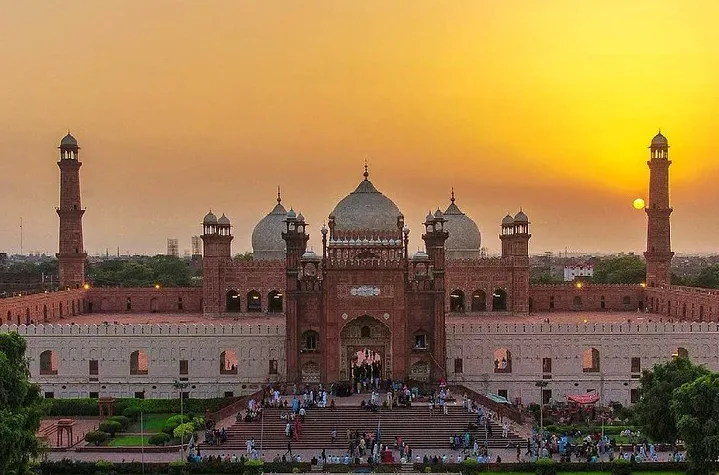
The main prayer chamber is adorned with exquisite marble inlay work, featuring floral motifs, calligraphy, and geometric patterns.

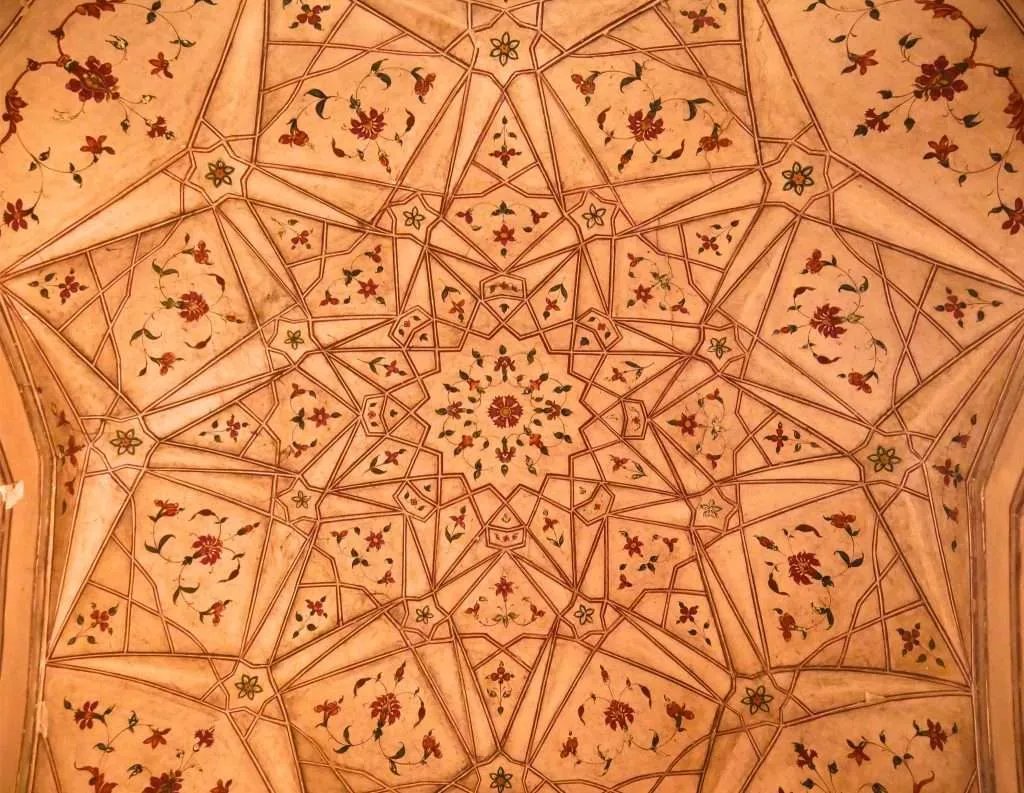
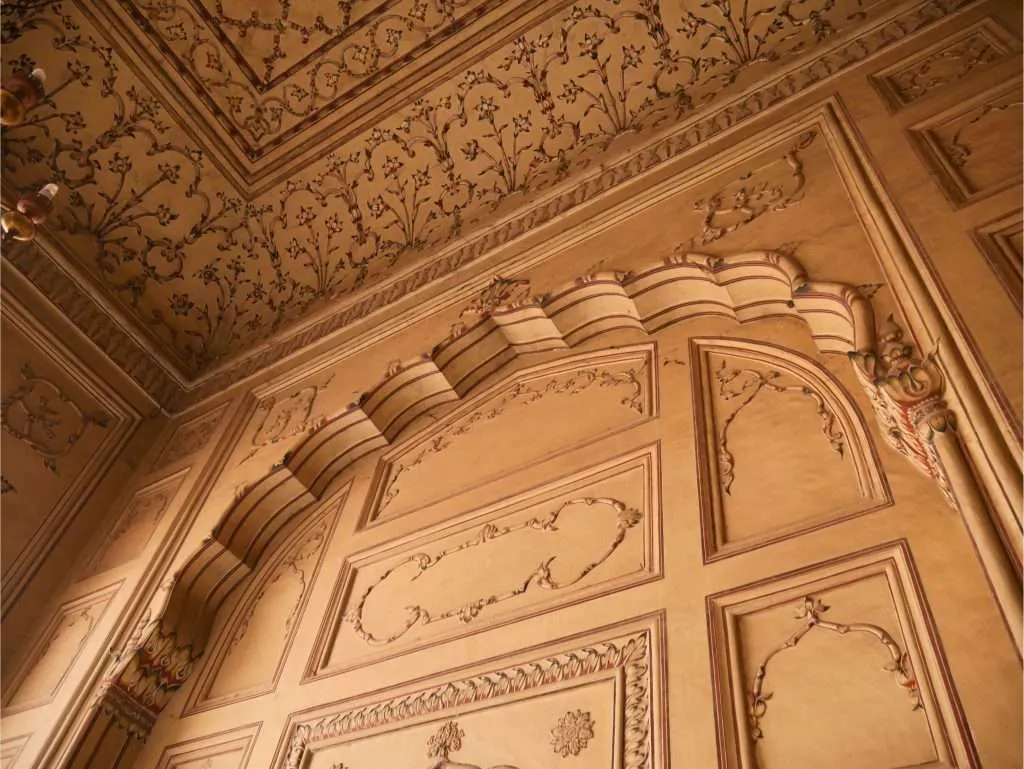
The interior is further enhanced by the use of vibrant colours, including blues, greens, and gold leaf.

The grandeur of the prayer hall is complemented by the stunning domes that crown the structure, with the central dome rising to an impressive height.
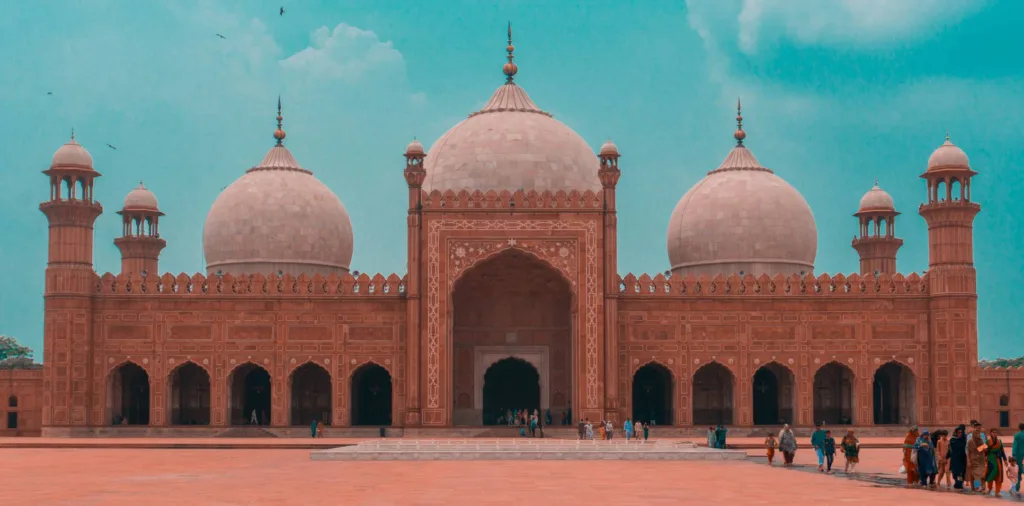
Architecture:
The Badshahi Mosque stands as a prime example of Mughal architecture, which reached its zenith under the reign of Emperor Aurangzeb. The mosque’s facade is adorned with intricate carvings and inlays, showcasing the skilled craftsmanship of the Mughal artisans.
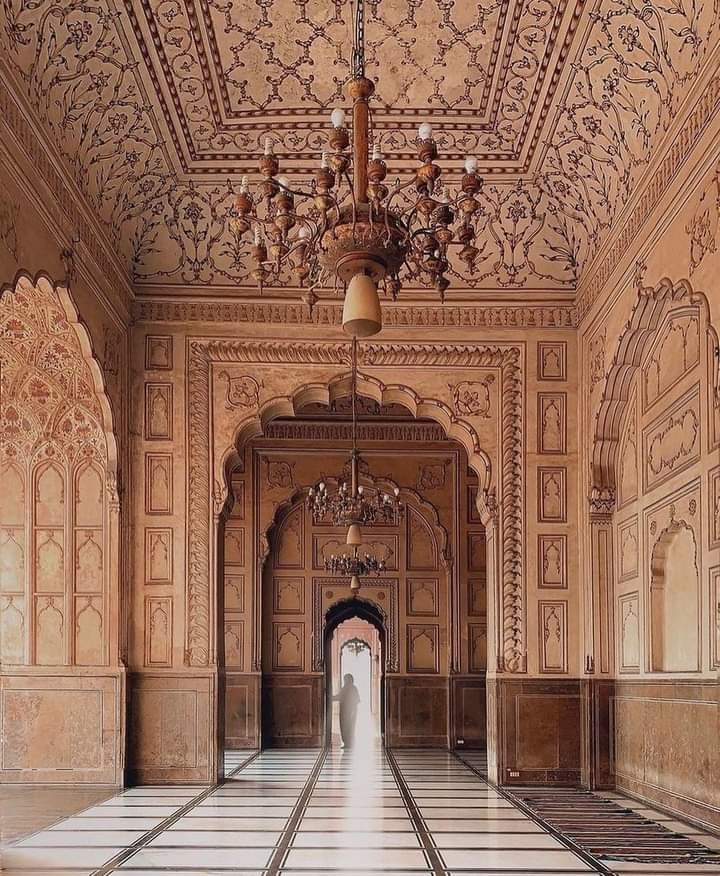
The red sandstone used for the construction gives the mosque a warm and inviting hue, especially during the golden hours of sunrise and sunset.

The four minarets that flank the main structure are each capped with a distinctive kiosk, and their verticality adds to the mosque’s overall grandeur.
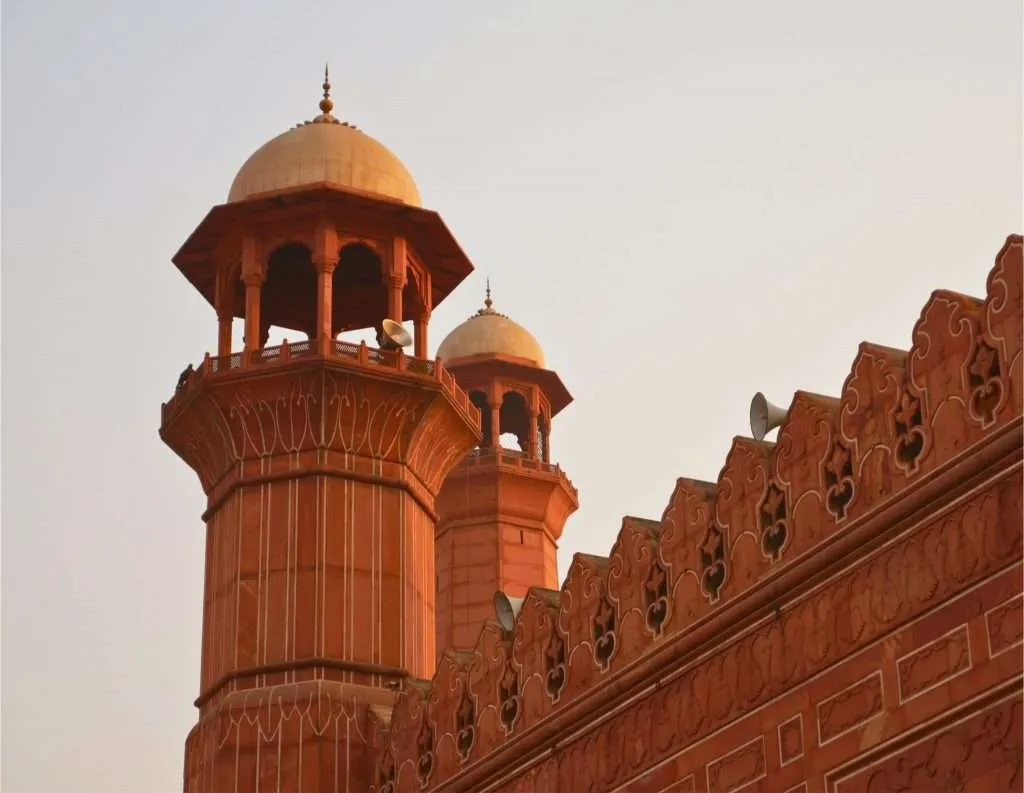
The expansive courtyard, capable of accommodating thousands of worshippers, is a key feature of Mughal mosque design.
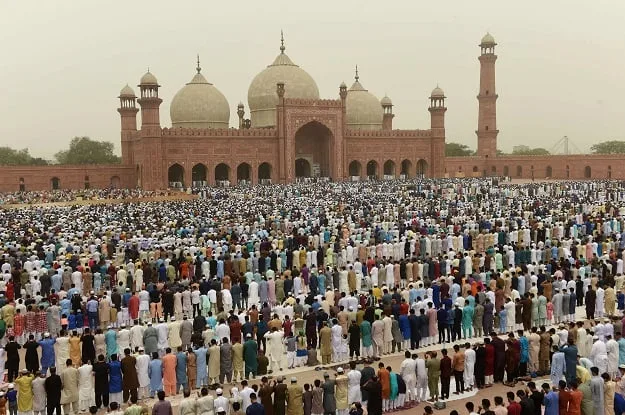
Artifects in Museum:
There is a mini museum also maintained in the Mosque where valuable religious artifects are preserved. A large number of tourists visiting Mosque attract to the museum as well
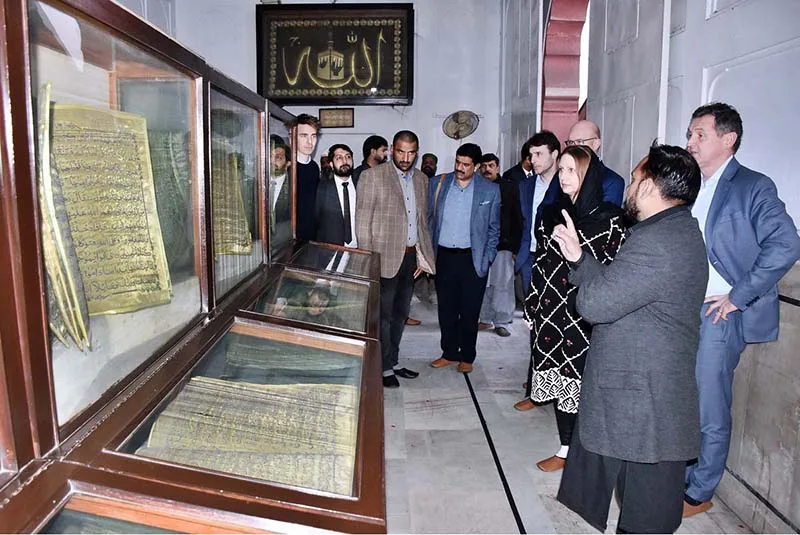
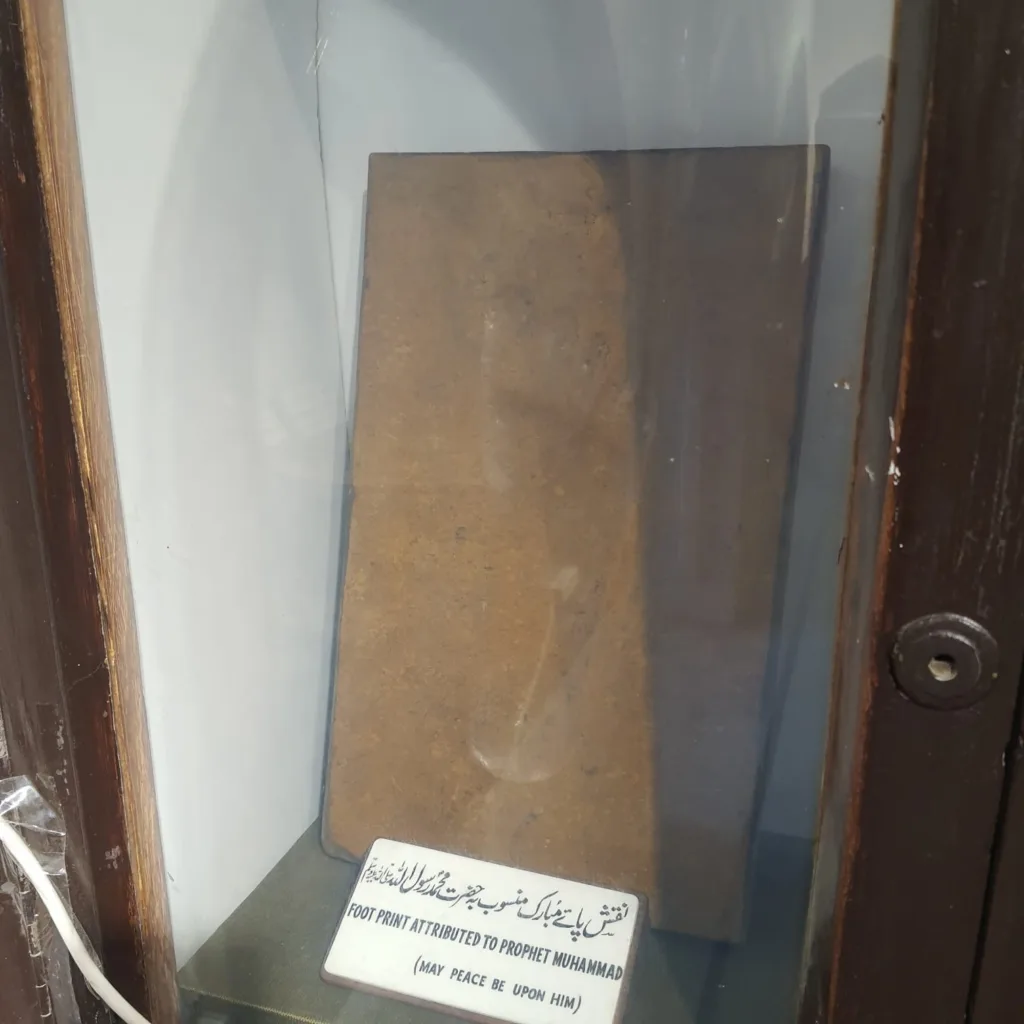

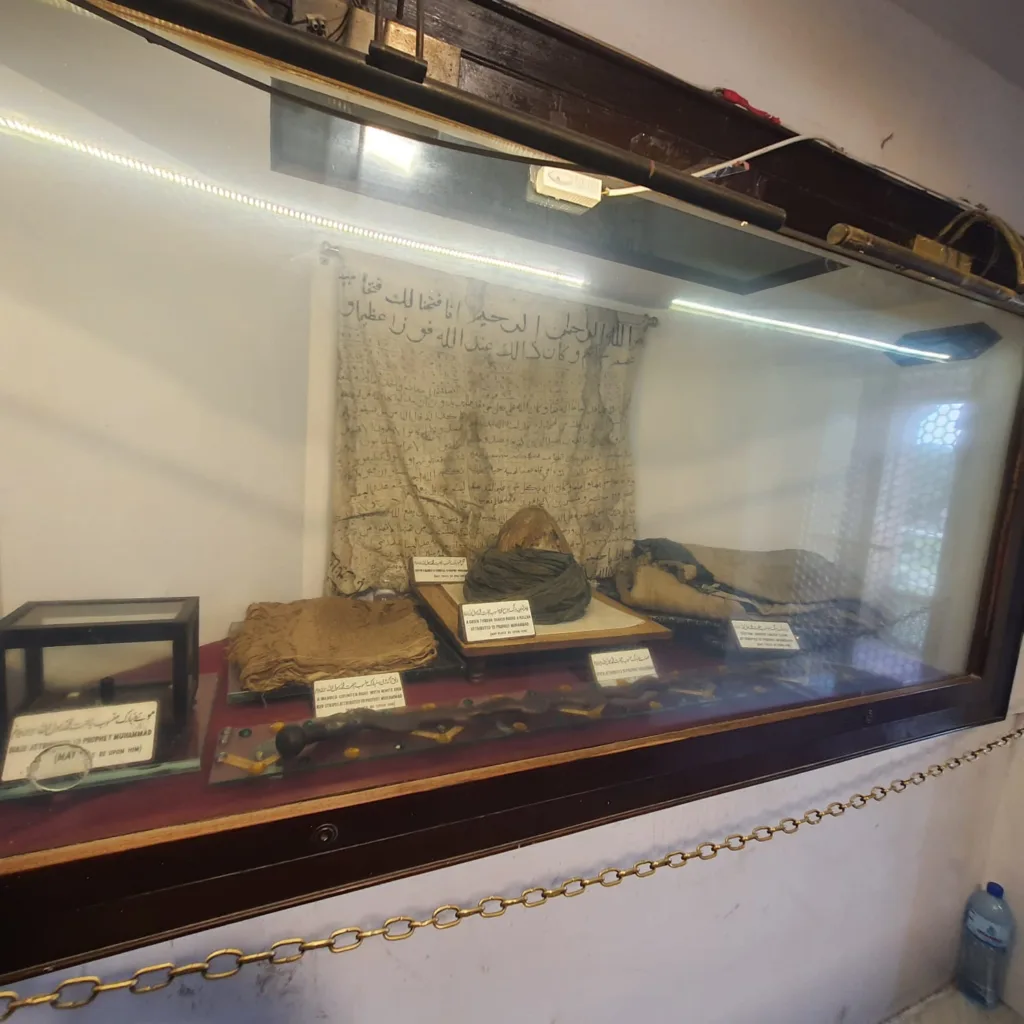
Preservation and UNESCO Recognition:
In recognition of its historical and cultural significance, the Badshahi Mosque was designated a UNESCO World Heritage Site in 1993. Efforts to preserve and restore the mosque have been ongoing, ensuring that future generations can continue to marvel at its architectural wonder and appreciate the cultural legacy it represents.
Conclusion:
The Badshahi Mosque stands as a living testament to the glory of the Mughal era and the rich cultural heritage of Lahore. Its history, design and architecture continue to captivate visitors, providing a glimpse into the artistic and architectural prowess of a bygone era. As a symbol of religious and cultural identity, the Badshahi Mosque remains a cherished jewel in Lahore’s crown, inviting admiration and reverence from all who have the privilege of experiencing its timeless magnificence.
For more related content click here.

